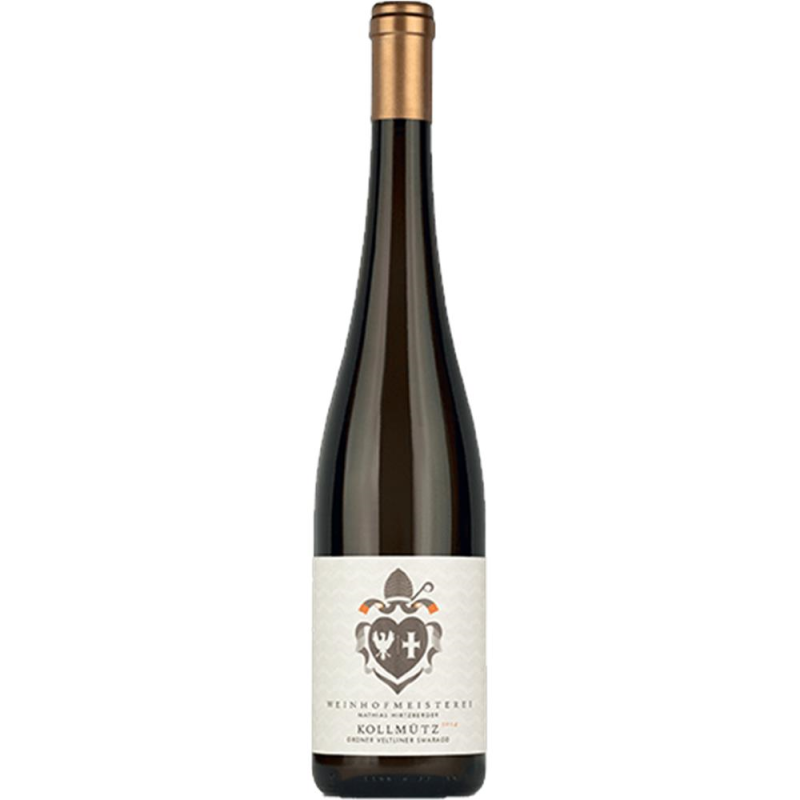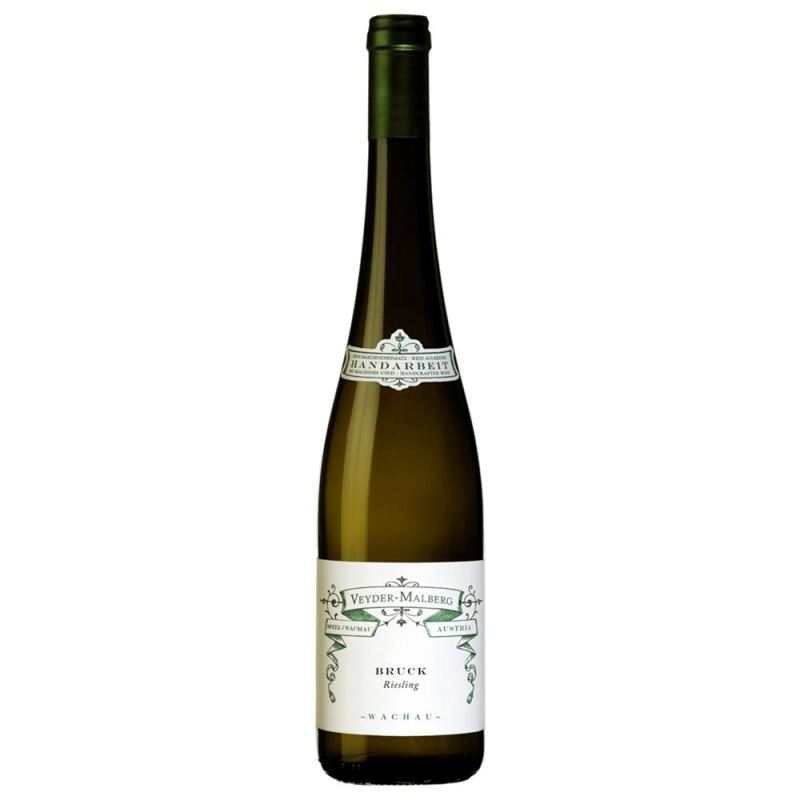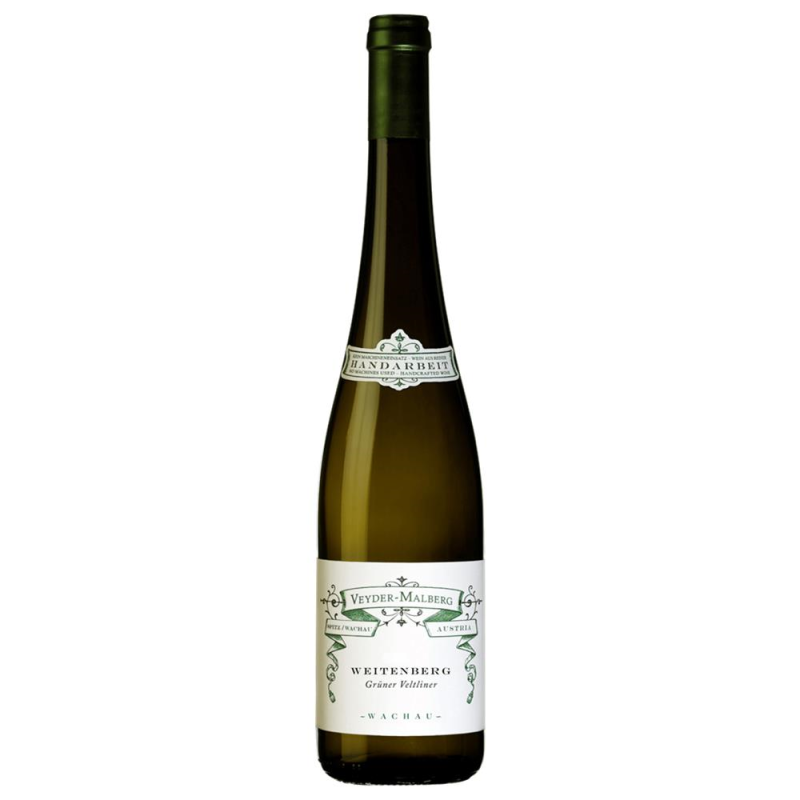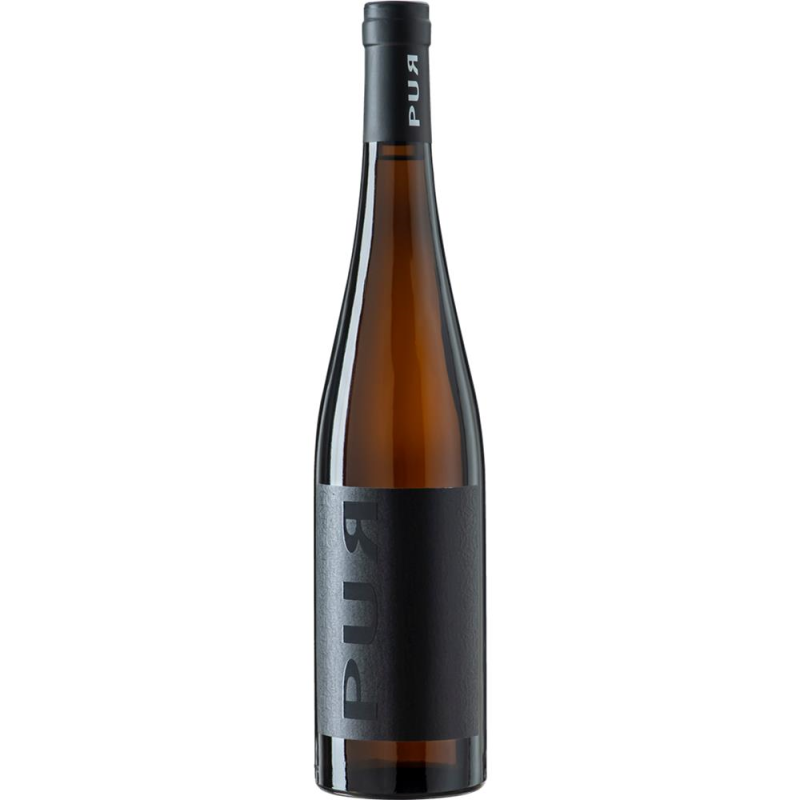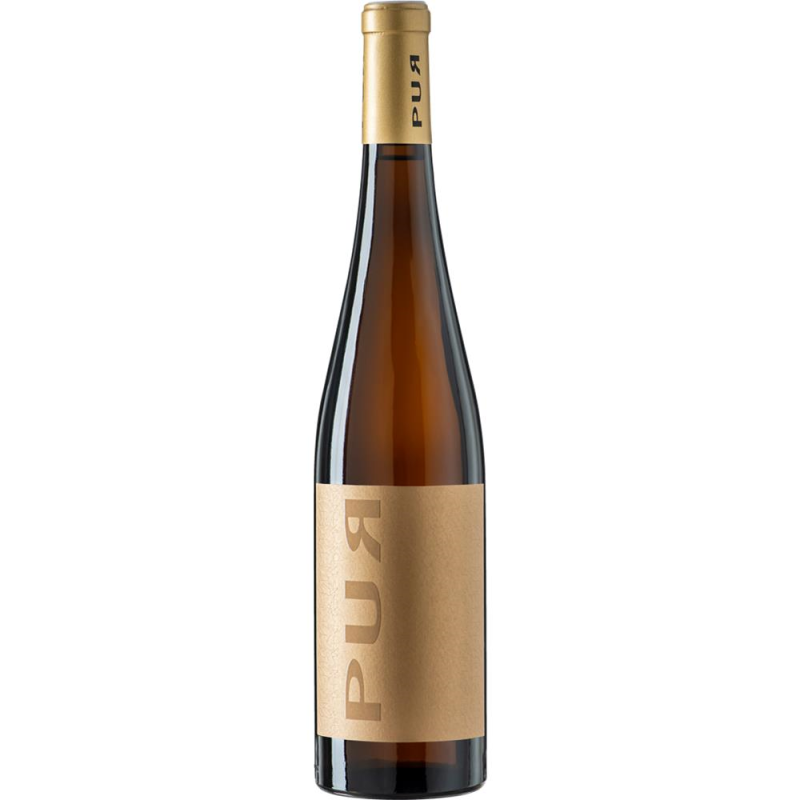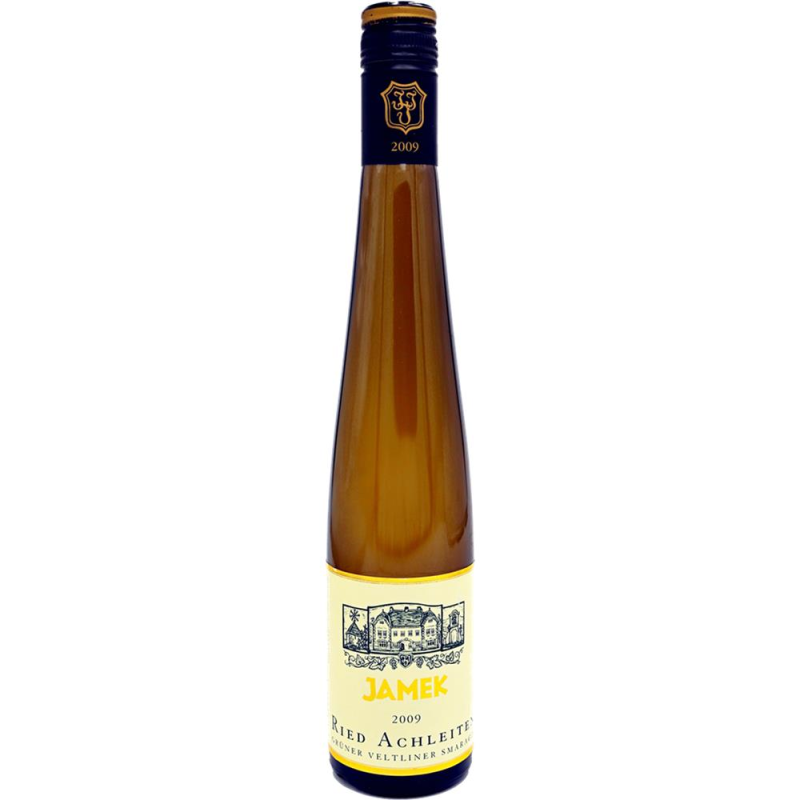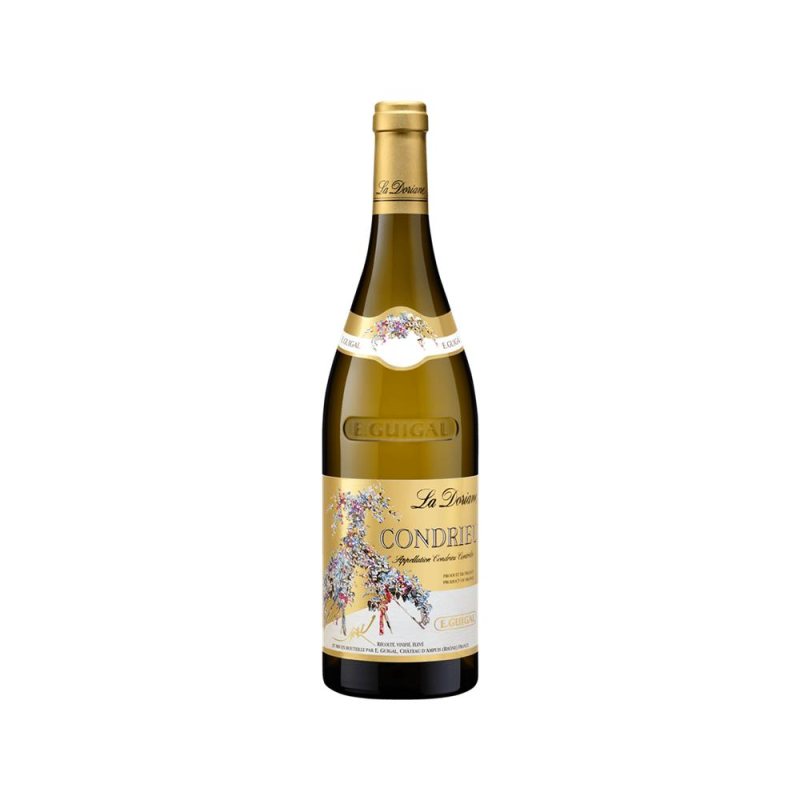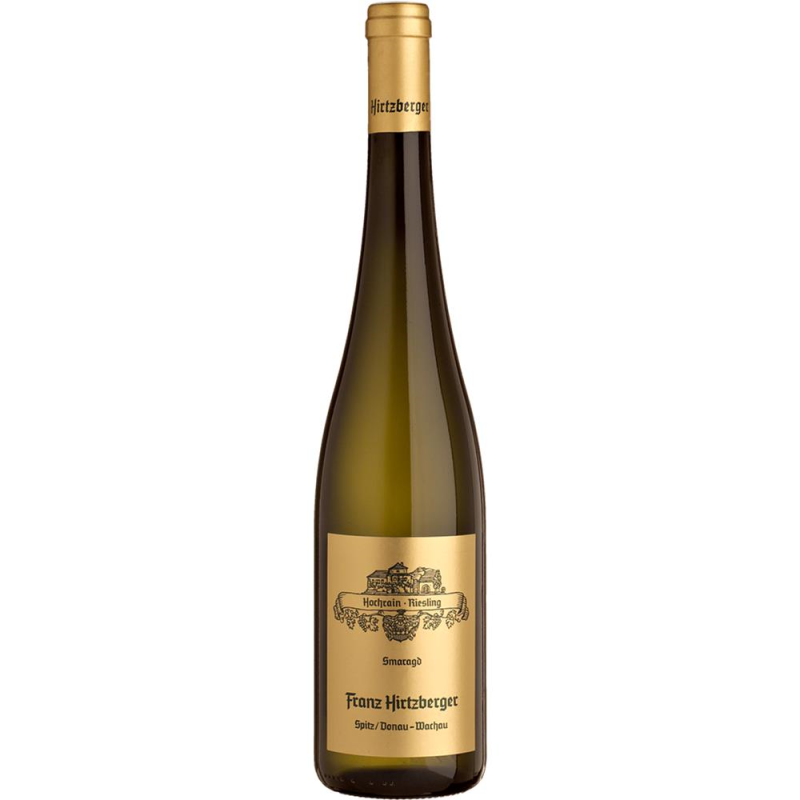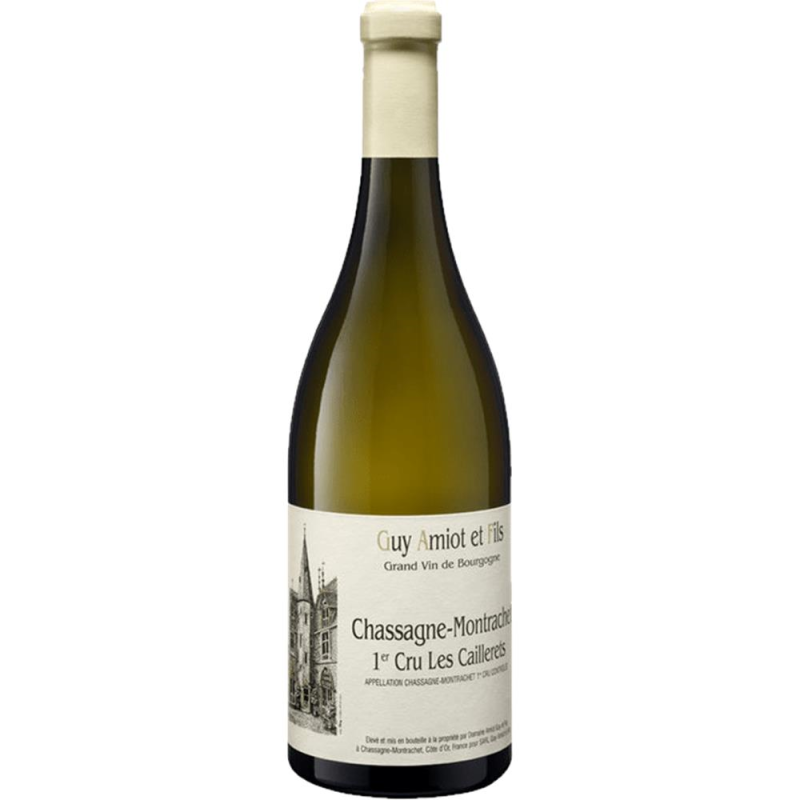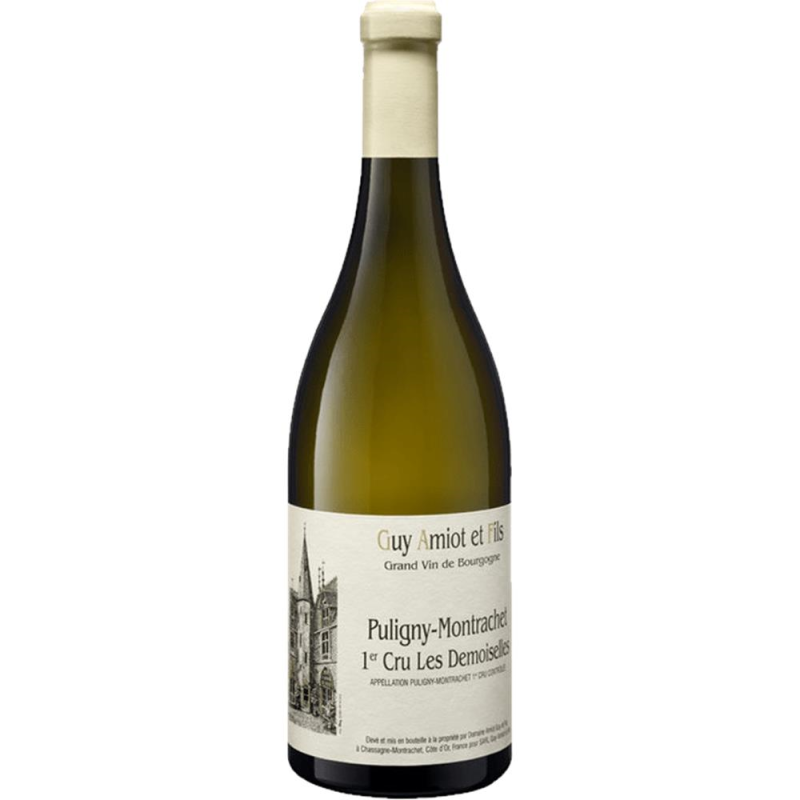The flesh of almost all wine grapes is white, and therefore white wine can also be obtained from red grapes. White wine is produced when the grape skins are not left in the juice during fermentation. The production of white wine is technically more complex than that of red wine. White wine also serves as the base wine for sparkling wines such as Champagne, which are even more demanding to produce due to bottle fermentation.
Weiterlesen
Grape Varieties for White Wine
Among the most well-known grape varieties are Chardonnay, Riesling, Sauvignon Blanc, Pinot Blanc, and Pinot Gris. Overall, several dozen grape varieties are used worldwide to a significant extent.
Influences on the Quality and Taste of White Wine
White grape varieties require less sun and warmth for ripening than red varieties. Therefore, white wine has traditionally been produced in cooler regions. The temperature during fermentation should also not be too high, as the yeast dies off at a certain point, causing fermentation to stop. This is also a reason why white wine production was long dominated by northern growing regions. However, after World War II, temperature-controlled fermentation was introduced. This involves cooling the fermenting mash to continue and control fermentation. With this technology, white wine production is also possible in hot regions such as Australia. The quality of white wine depends on the balance of sugar, acidity, and alcohol content. Sweet white wines are produced when fermentation is interrupted early, halting the conversion of sugar into alcohol. Slightly longer fermentation produces a semi-dry wine, and even longer fermentation results in a dry white wine.
Production of White Wine
Aromas are particularly important for dry wines, so grapes are often harvested a few days before full ripeness. For high-quality wines, this harvest or grape picking is done by hand. At a minimum, leaves and rotten berries should be removed by hand. After harvesting, the grapes are crushed, often followed by must filtration and then fermentation. In the early days of winemaking, fermentation was triggered by naturally occurring yeast on the grapes. Today, a specific yeast is usually added to prevent randomly occurring flavor profiles. The main fermentation lasts approximately six days, during which the temperature is controlled to manage fermentation.
Beschreibung ausblenden
0,75 l
0,75 l
0,375 l
0,75 l
0,75 l

 Deutsch
Deutsch
